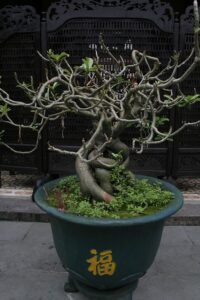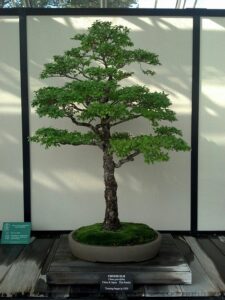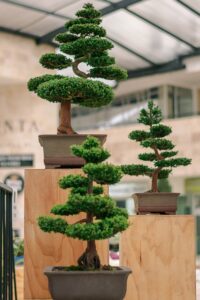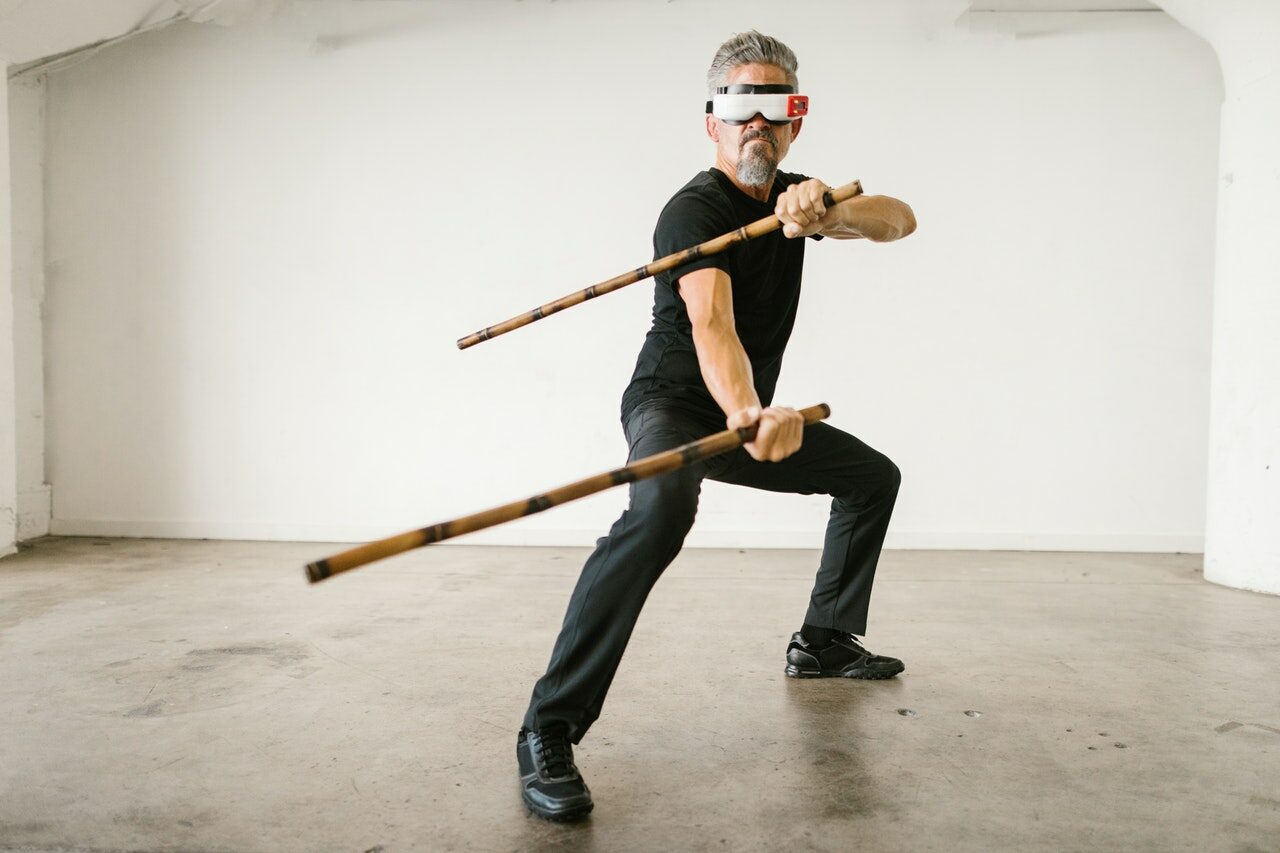Culture and gardening often go hand in hand. Every culture has a tradition in gardening, no matter where in the world they are. If there were kings, emperors or rulers of any kind, there is likely to be a gardening history which is specific and amazing in its own way.
Japan has a long tradition of gardening, and not to go into too many details, there are many traditions that correspond to various beliefs and parts of the culture. Bonsai, however, is very specific and can be talked about without going into too many details about everything else.
Following is a history overview of bonsai in Japan.
The History of Bonsai – Early Days

Bonsai dates back to the 6th century. It was actually brought from China, and was an ancient Chinese tradition, called penzai or penjing. Japanese Imperials, including Buddhism students, went to China and upon return, they brought back goods. Some of these goods included plants in containers. However, Zen Buddhism is more minimalistic and it discarded various trinkets that came with the plants, leaving only rather small plants.
But, bonsai was far from the mainstream culture during the first 8 centuries it was in Japan.
In the 14th century, however, that changed. There was a popular play about a samurai who had to burn his only bonsai tree to accommodate a monk, and after that, everybody wanted to have a bonsai tree.
Modern Day Bonsai History

There are plenty of interesting facts about modern day bonsai. World War II, or rather, its end, brought about more of Japanese culture to the rest of the world. Once television became widespread, everybody started learning about bonsai culture. The currently oldest bonsai tree is around 500 years old and is a national treasure, kept at the Tokyo Imperial Palace. Modern day gardens in Japan can be found in Saitama and Tokyo and some of them date back to the 1800s.
Japan has plenty of bonsai exhibitions but the most well-known is the Kokufu Bonsai Exhibition, which takes place annually.
There are even bonsai festivals and one of them typically takes place in Omiya.
What Is Bonsai, Actually?
Bonsai gardening is the art of the trainer (the person who grows a bonsai tree) turning a tree into an adult, but miniaturized tree. Saplings and seeds are rarely used, but rather branches out of already existing trees. The miniature bonsai trees are supposed to be cut and trimmed accordingly, so that they grow or appear to have grown naturally. Asymmetry is encouraged, and since most trees are branches out of already existing trees, they appear weathered and rugged, which they are.

Bonsai is supposed to represent one of the many concepts and cultural parts of Japan. One of these concepts is called Wabi-sabi, which is simplicity and refinement, but temperate, not flamboyant. Bonsai has spread to the West, to the point where it encompasses almost all trees and plants which have been trimmed and trained, so that one has miniature works of art, which are fully grown trees, in actuality.
Bonsai is an art of growing trees and plants, with the plants being miniature but actually fully grown. It is a large part of Japanese culture and tradition and has been since the 6th century. Nowadays, it is all over the world but the roots can be traced back to ancient China, and what we know as bonsai, to Japan.

